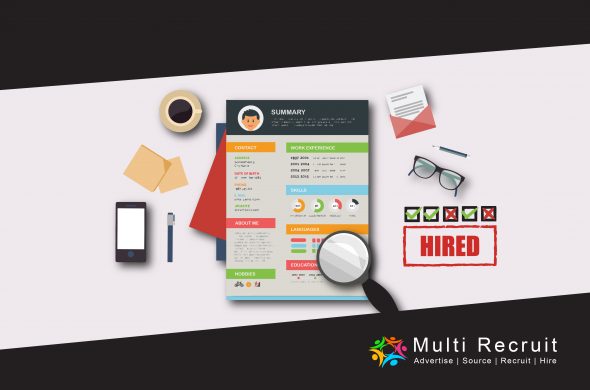Recruiters spend about 6 seconds at each resume/CV.
Surprised? I hope not.
In a flood of CVs, good recruiters dive with a list of essential requirements. If you match them- you’re fit. Otherwise, you’re out. Then begins the next round for the fit ones – a thorough examination of the CV, vetting, background checks, interview calls, etc.
Your goal while creating/modifying your CV must be to grab that six-second train. The trick- do not make the common yet atrociously cringe-inducing mistakes that recruiters find annoying.
- No Summary
Why are you a good fit for the position in the company?
This is what the recruiter wants to know. Clearly. Neatly. At the top. Summed up in two-three lines. They don’t have time to find reasons to hire you. You’ve to hand it to them.
So, summary- yes. Generalized summary- no.
Be sincere, precise, and brief. Focus on the skill that makes you right for the job. Pick word choices from the job posting to show that you’ve paid attention.
And, summary changes per application. Like I said, never generalize.
- Irrelevant Skills
You have lifeguarding experience. You volunteered at soup kitchens for a year. You won the ‘Most Creative Story Award’ in college.
Wonderful.
But, you must carefully curate what to tell a recruiter about yourself. So think again, which experience is relevant to the job in question? And how?
Every position has a key requirement. You need to mention the skills you’ve acquired related to said key requirement. And if you have a good bunch of them, only state the recent ones.
Don’t stuff the CV with every single job you’ve ever had. Don’t cite outdated instances. Be picky about which of your accomplishments and roles make it to the final CV copy.
- Haphazard Formatting
I’ll go ahead and assume you aren’t one of those folks who use multiple font styles, sizes, and colors on one page.
But, those aren’t the only formatting sins that upset the recruiters.
To format a CV is to present is as a clear thought- easy to read, grasp, and process. The structure just can’t have loopholes like
- Typo
- Inconsistent styling (uneven margins and alignments, silly fonts, broken links, no bulleted sections, or too many of them)
- Not enough white space
- Tons of text
- CV – LinkedIn Inconsistency
94% recruiters consult LinkedIn to check for discrepancies in a candidate’s application.
Putting your LinkedIn profile link in the CV is considered a good thing. If you don’t, you may come off as outdated or not up to speed in your industry.
But, it could backfire if your profile hasn’t been updated in a while, or contains information that either contradicts what you’ve stated in the CV or just doesn’t reflect it.
- Vague Talents, Cliche Terms
No, thank you!
You are confident, hard-working, smart, efficient, and a team player with problem-solving skills.
Lovely! Also, that’s for the recruiter to assess.
Steer clear of such cliche, mostly ground-lacking examples of skills. Try stating instances instead.
You wrote in-depth articles about SEO for a year. Now, you know a good deal about the subject. You worked under a social media manager for six months. Your assignments taught you about branding and email marketing.
See the pattern? Tell the recruiters what you did, for how long, and what you took away from it.
Post the CV with an Apt Email.
That’s in case you apply via email. If you use a job board, Multi Recruit, for example, prepares a direct message to go with the CV.
The email body will be the first thing the recruiter will read before they reach the attachment. Have a strong and clear subject line, precise but brief body text, and sign off with your name and contact information.

